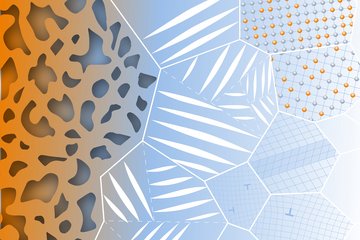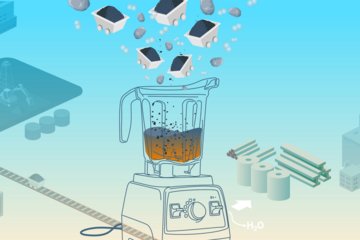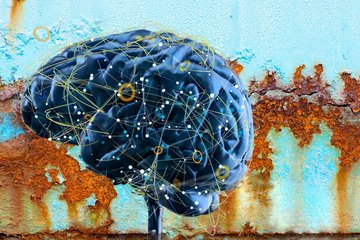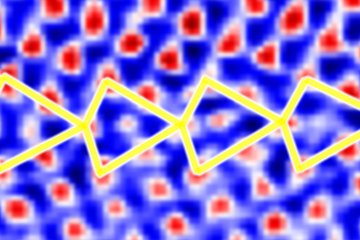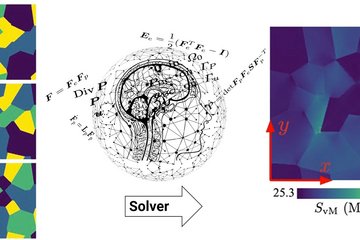All genres
21.
Talk
Al-rich Fe–Al: An in situ Composite Material with Fine-Scaled, Lamellar Microstructure. Thermec 2013, Las Vegas, NV, USA (2013)
22.
Talk
The Effect of Li on Intermetallic Fe−Al Alloys. MRS Fall Meeting 2012, Boston, MA, USA (2012)
23.
Poster
Novel Lamellar in situ Composite Materials in the Al-Rich Part of the Fe-Al System. Int. Conf. The Materials Chain: From Discovery to Production, University Bochum, Bochum, Germany (2016)
24.
Poster
Microstructure and mechanical properties of Fe–Al–Ti–B-based alloys with addition of Mo and W. Intermetallics 2013, Educational Center Kloster Banz, Bad Staffelstein, Germany (2013)
25.
Thesis - PhD
Al-rich Fe–Al based alloys: Phase equilibria, microstructures, coarsening kinetics and mechanical behavior. Dissertation, Fakultät für Maschinenbau, Ruhr-Universität Bochum, Bochum, Germany (2016)
26.
Thesis - Master
Microstructure and mechanical properties of Fe–Al–Ti–B alloys with addition of Mo and W. Master, Institut für Eisenhüttenkunde, RWTH Aachen, Aachen, Germany (2013)
